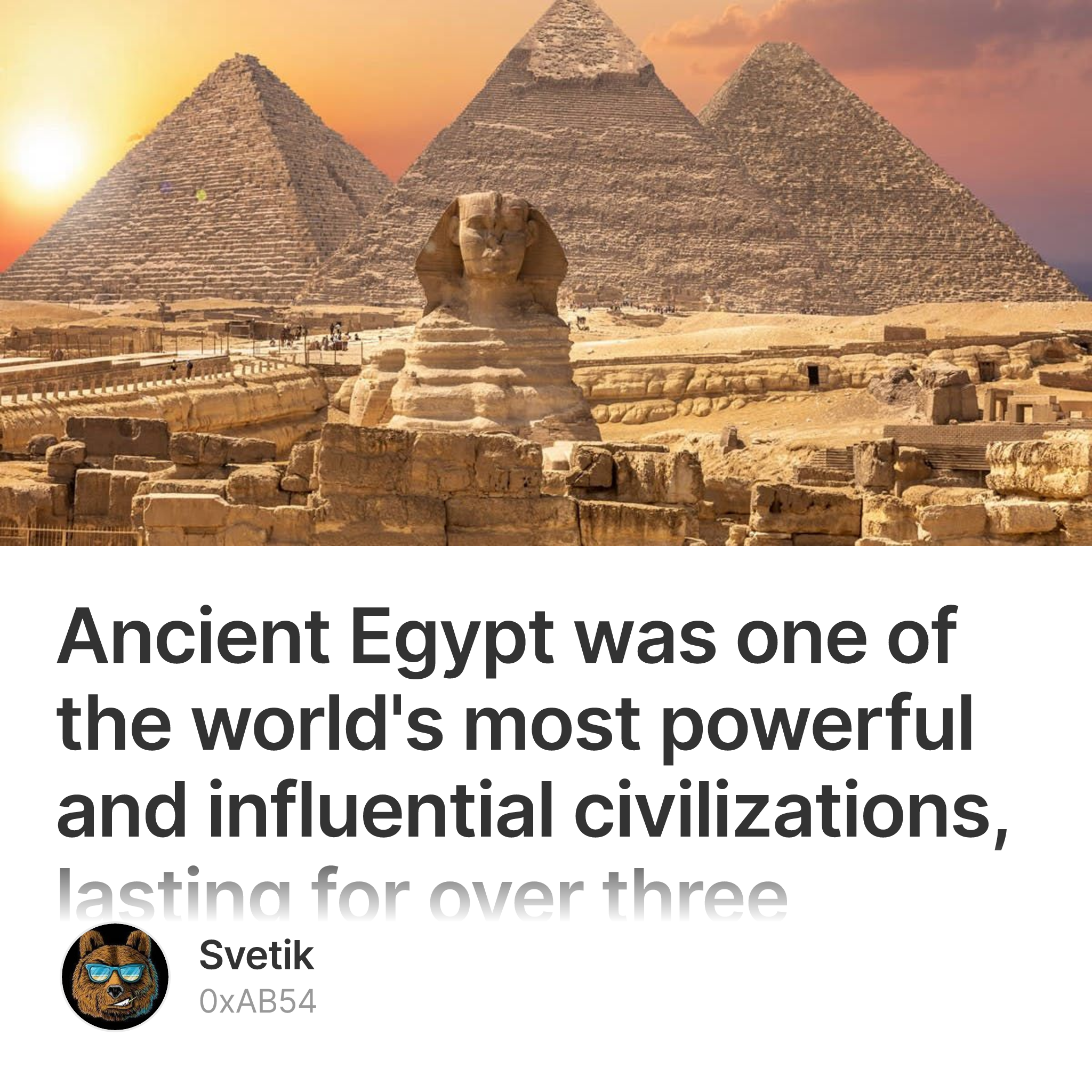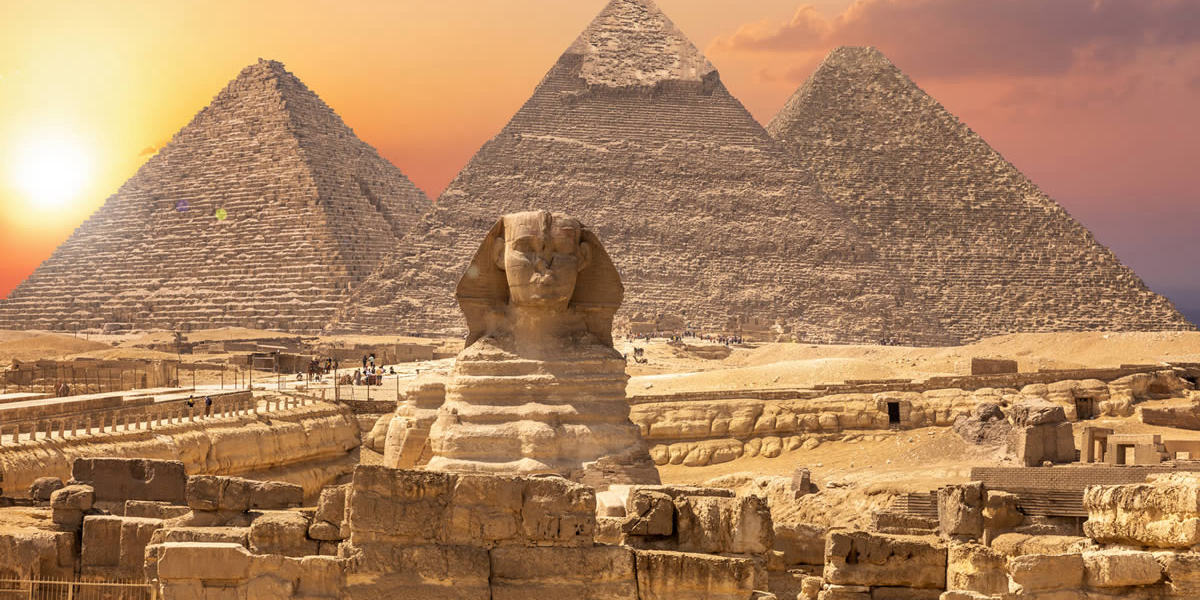Ancient Egypt was one of the world's most powerful and influential civilizations, lasting for over three millennia from roughly 3100 BCE to 30 BCE. Known for its impressive pyramids, massive temples, and complex religious beliefs, ancient Egypt left a lasting impact on the world that can still be seen today.
Geography and Climate
Ancient Egypt was located in northeastern Africa, along the banks of the Nile River. The Nile was crucial to the survival of the ancient Egyptians, providing them with water for irrigation, transportation, and drinking. The Nile also played a significant role in the religion and mythology of ancient Egypt, with many of their gods and goddesses associated with the river.
Egypt's geography was largely defined by the Sahara Desert, which surrounded the country on three sides. The desert provided protection from invading armies, but also made it difficult for Egypt to expand its territory beyond its borders. To the north, the Mediterranean Sea provided a gateway to the wider world, and the Egyptians established trade networks with neighboring civilizations, including the Greeks and the Phoenicians.
The ancient Egyptians experienced a hot and dry climate, with little rainfall and abundant sunshine. This climate allowed for the preservation of many of their artifacts and monuments, as well as the mummification of their dead.
Government and Society
Ancient Egypt was ruled by a series of pharaohs, who were believed to be divine rulers with absolute power over their subjects. The pharaohs were seen as the mediators between the gods and the people, responsible for maintaining Ma'at, the ancient Egyptian concept of order and balance in the universe.
Beneath the pharaohs were a hierarchy of officials and priests, who served as advisors and administrators. The lower classes of Egyptian society were made up of farmers, laborers, and craftsmen, who were responsible for producing the food, goods, and infrastructure needed to support the country.
Religion and Mythology
Religion played a central role in ancient Egyptian life, with a complex pantheon of gods and goddesses that were worshipped throughout the country. Many of these deities were associated with natural phenomena or specific aspects of life, such as the sun, the Nile River, or fertility.
The ancient Egyptians believed in an afterlife, and they believed that their souls would need to navigate a series of challenges in order to reach the afterlife. To prepare for this journey, many Egyptians underwent a process of mummification, which involved the preservation of their bodies through a series of rituals and treatments.
Art and Architecture
Ancient Egypt was known for its impressive monuments and buildings, including the pyramids, temples, and obelisks. The pyramids, which were built as tombs for the pharaohs, are among the most famous and recognizable structures in the world.
Egyptian art was also highly distinctive, with a focus on stylized, symbolic depictions of the human form and natural world. Many of the paintings and sculptures produced by the ancient Egyptians were created for religious or funerary purposes, and they often depicted gods, goddesses, pharaohs, and other important figures.
Science and Technology
Despite its reputation as a civilization focused on religion and mythology, ancient Egypt was also a center of scientific and technological innovation. The Egyptians made significant contributions to fields such as mathematics, astronomy, and medicine, developing techniques and tools that would later be used by other civilizations.
One of the most notable inventions of ancient Egypt was the system of writing known as hieroglyphics. This system used a combination of pictures and symbols to represent words and concepts, and it was used for both religious and administrative purposes.

